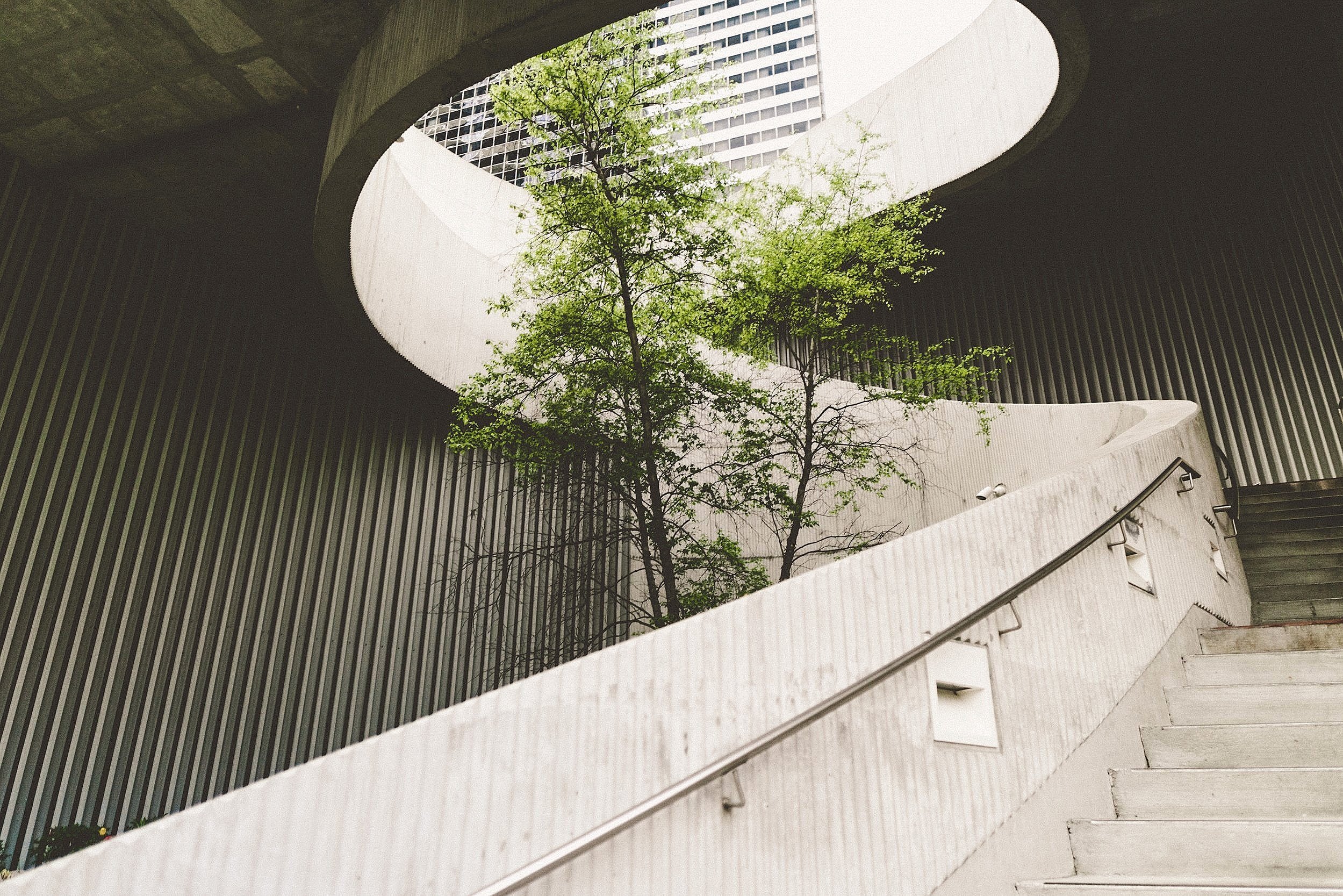Circularity contributes to a more sustainable planet, but not all sustainability initiatives are apart of circularity. Circularity is centred on resource cycles, while sustainability is generally related to the planet, people and economy.
The conversation around embodied and operatorial carbon is evolving to include circularity. As business leaders re-thinking investment choices is critical, especially when it comes to commercial fitouts moving forward.
In the natural world, there is no waste and energy is provided by the sun. Each animal species or plant has a position in the food chain. They grow then perish, and their nutrients are returned to the soil to produce new life. This is a true circular economy.
Yet, we as human currently operate a very linear approach. We take resources from the planet, use them to make a product, and then dispose of them to landfill. Each time we do this we are using the earths finite resources and degrading the value chain as we go.

The same can be said for the built environment. Commercially, the real estate industry operates a 5–7-year lease term. In many instances, businesses evolve, and the office space is no longer fit for purpose, or needs significant adjustment to become productive again. Historically, little consideration has been given to the value of embodied carbon within the existing asset and the client decides to move to a fresh premises. We no longer have the luxury to think like that anymore.
Embodied carbon represents approximately 80% of the carbon in a building and goes into the atmosphere at time of construction. The way we think about existing building, and the interior fitouts must change to allow us to harness the embodied carbon already spent and keep finite resources at their highest possible level.
Retrofitting existing building stock will be essential to meeting net-zero targets. Scenario planning, clever designs and material choices can produce fitouts with up to 70% less embodied carbon than a conventional fitout. Services are typically the largest component of embodied energy, accounting for upwards of 60% in the steel ductwork. Harnessing the adaptive reuse of components like this will be critical to plan for resiliency in the future.

In essence, project leaders should consider the following along the building journey:
- Do you need to build anything at all, or can you make better use of your existing asset?
- Can you maximise the use of an existing asset by building less?
- Can you cleverly optimise the design by using less materials with a lower carbon footprint?
- Have you considered renewable technologies needed to operate an energy efficient facility into the future?
A report by the intergovernmental panel concluded that we need to act on carbon now to keep the rise in temperature below 1.5degrees by 2040, rather than 2 degrees by 2050. Every decision we now make it critical to achieve this, and your people are the biggest beneficiary of your investment. The linear economy must change and it’s up to us to make it happen.
At Athena Blue Global, we help organisations shape their best places to work. If you would like to learn more about how we can help you define your future way of working or make sense of your workplace needs, please get in touch with us here.






